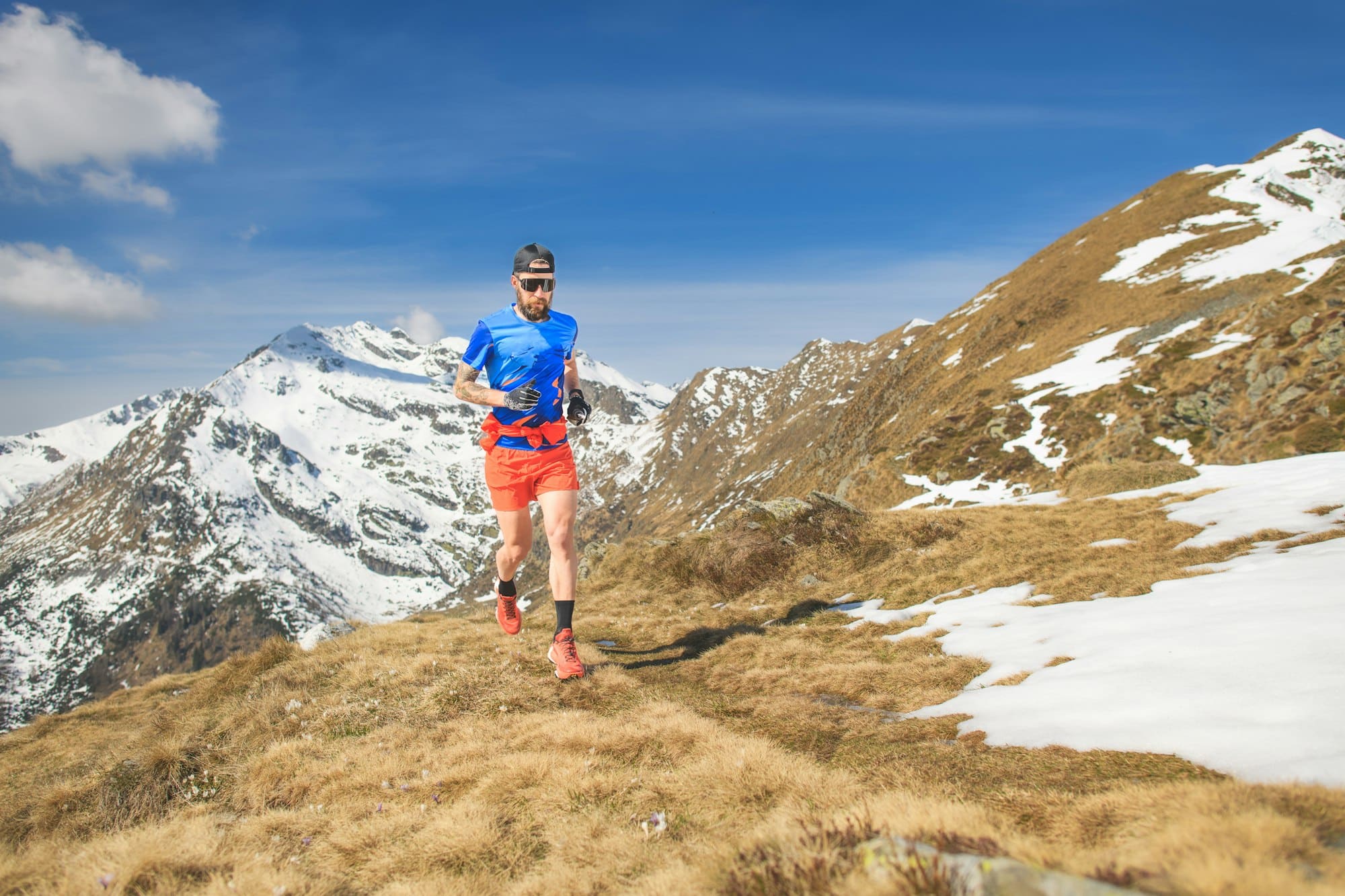What’s the Effect of Altitude Training on Red Blood Cell Production for Endurance Cyclists?

In the quest to enhance performance and attain an edge over rival athletes, endurance cyclists often turn to a unique training method: altitude training. This form of exercise, conducted at high elevations where the level of oxygen is significantly lower, has attracted increasing interest from athletes, scholars, and even Google. But why precisely this method? What is the underlying science behind the seemingly magical effects of altitude training?
In this article, we’ll explore how altitude training influences red blood cell production and its subsequent impact on performance for endurance cyclists. We’ll delve into how the body reacts to the decreased oxygen levels at high altitudes and the role that hypoxia, or low oxygen conditions, plays in the production of red blood cells. This article will also throw light on the hormone EPO and its connection to altitude training.
Lire également : How Can Amino Acid Supplements Impact Muscle Recovery in CrossFit Athletes?
The Science Behind Altitude Training
Before diving into the specifics of how altitude training can boost red blood cell production, it’s essential to first understand the science behind the technique. Athletes typically embark on training sessions at altitudes above 2,000 meters where the oxygen level is considerably lower than at sea level.
When you’re exposed to these high altitudes, your body experiences hypoxia. This is a condition where your body or a region of your body is deprived of adequate oxygen supply at the tissue level. Hypoxia is an important factor in altitude training as it triggers several physiological responses designed to improve oxygen delivery to your muscles.
A lire également : How Can Non-Invasive Brain Stimulation Aid Focus in Competitive Chess Players?
The Role of EPO in Red Blood Cell Production
One of the key factors in altitude training is Erythropoietin, often referred to as EPO. This hormone plays a crucial role when the body is exposed to high altitude conditions. During hypoxia, the lack of oxygen in the body stimulates the release of EPO from the kidneys.
EPO is a glycoprotein hormone that regulates red blood cell production in the bone marrow. An increase in EPO production stimulates the creation of more red blood cells, hence boosting the oxygen-carrying capacity of the blood. In addition, EPO also promotes the formation of blood vessels and aids in wound healing. Thus, an increased EPO level resulting from altitude training can have significant implications on an athlete’s performance.
Influence of Altitude Training on Red Blood Cells
The influence of altitude training on red blood cells is quite straightforward. The production of red blood cells is directly proportional to the amount of EPO produced in response to hypoxic conditions. Higher EPO levels lead to an increased production of red blood cells, which in turn enhances the body’s oxygen-carrying capacity.
This is an adaptation strategy of the body to cope with the decreased oxygen levels at high altitudes. The increased concentration of red blood cells enables the body to transport more oxygen to the muscles, thus improving performance.
Altitude Training and Performance Enhancement
Finally, let’s discuss how these physiological alterations can boost performance in endurance cyclists. The principle is simple: the more oxygen your muscles receive, the better they perform.
When the body is subjected to altitude training, the induced increase in red blood cell concentration improves the oxygen delivery to the muscles. This, in turn, enhances the muscles’ aerobic capacity and endurance, making them more efficient during prolonged periods of exercise.
Crossref, a robust scholarly search engine, is rife with studies illustrating the undeniable connection between altitude training and enhanced athletic performance. For instance, a systematic review published in the Journal of Sports Sciences found that altitude training can positively affect endurance performance, thanks to the elevation in red blood cell concentration.
The effect of altitude training isn’t immediate and needs time for the body to adapt and show results. Therefore, it’s crucial for athletes not to rush the process and allow their bodies to gradually adjust to the new oxygen levels.
As you can see, altitude training holds significant promise for endurance cyclists seeking to up their game. The increased red blood cell count and improved delivery of oxygen to muscles can provide a dramatic boost in performance. However, it’s essential to remember that while altitude training is a powerful tool, it’s just one piece of the puzzle. Balanced nutrition, proper hydration, good sleep, and regular training are equally important components of an athlete’s regimen.
Long-Term Effects of Altitude Training on the Body
Altitude training triggers several physiological responses in the body, particularly concerning the production of red blood cells. However, it’s essential to delve deeper into the long-term impact of such training.
It’s important to understand that the impact of altitude training isn’t immediate, and it takes time for the body to adjust to the new oxygen levels. According to Google Scholar and PubMed Crossref, several studies suggest that it takes approximately 3-4 weeks for the body to fully adapt to high altitude conditions and for increased EPO production to kick in. During this period, the body undergoes a process known as acclimatization, where it learns to cope with lesser amounts of oxygen by boosting red blood cell production.
Notably, the effects of altitude training don’t stop once the athlete descends to sea level. The increased red blood cell count and EPO levels persist for a while, which is a period often referred to as the ‘altitude afterglow’. This is an ideal time for athletes to compete, as their body is at peak efficiency in terms of oxygen transport and use.
However, over time, the body begins to revert back to its normal sea-level state. Stray Gundersen, a renowned sports scientist, suggests that the beneficial effects of altitude training can last for approximately two weeks post-descent.
It’s also essential to consider that prolonged exposure to high altitude can potentially lead to overproduction of red blood cells, a condition known as polycythemia. While this may seem beneficial for performance, excessive red blood cells can make the blood ‘thick’ and challenging to circulate, which could be dangerous.
Concluding Thoughts
In conclusion, altitude training offers several benefits to endurance cyclists, primarily by boosting the production of red blood cells and enhancing oxygen delivery to the muscles. Studies found on platforms like Crossref Google and PubMed Crossref have consistently shown a positive correlation between altitude training and improved performance metrics in athletes.
However, it’s crucial to remember that altitude training, like any other training modality, should be undertaken in a balanced and measured manner. It’s not an immediate fix, but rather a long-term approach that requires time and patience. The increased production of red blood cells and consequent performance enhancement come gradually, following acclimatization and adaptation.
The potential risks associated with altitude training, including polycythemia, also underscore the importance of undertaking such training under professional guidance and supervision. Supplementing altitude training with proper hydration, balanced nutrition, ample sleep, and a well-rounded training routine can truly optimize an athlete’s performance.
Despite some challenges, the enhancing effects of altitude training on red blood cell production for endurance athletes like cyclists is undeniable. This form of training has significantly evolved and will likely continue to be a crucial part of athletic training programs at all levels. As our understanding of the body’s response to high altitudes broadens, so too will the potential to harness the benefits of this exciting training methodology.
